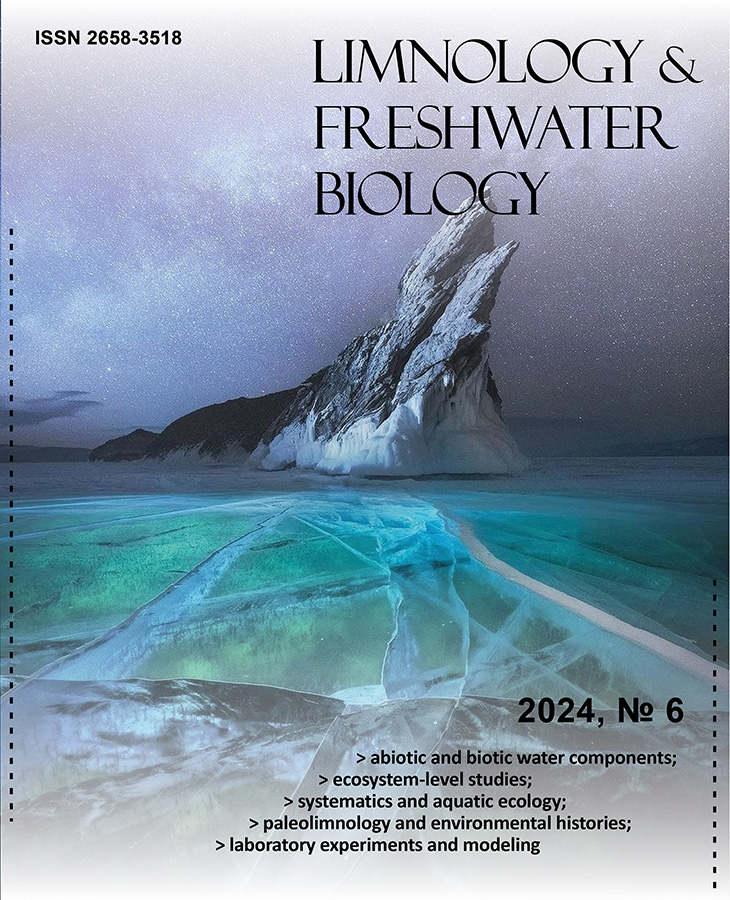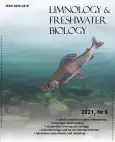№ 6 (2021)
Статьи
New records of Vaucheria (Xanthophyceae) from the Lake Baikal region
Аннотация
As a result of the field studies (2019-2021), new data were obtained on the Vaucheria, a genus of yellow-green algae, of the Lake Baikal region. After the studying of 30 fertile specimens from new localities, most of them from close vicinities of Lake Baikal, we identified 10 species. The new records improve the species distributional ranges within the Lake Baikal region, which is particularly important for rare species that were previously known from a few localities, e.g. V. alaskana, V. birostris, V. cruciata, V. megalaversa, and V. prona. Vaucheria uncinata was first recorded from Lake Baikal being occurred in the Pokoinitski bay. A check-list is established for all Vaucheria species, ever discovered in the Lake Baikal region.


Prospects for population genetic studies of cosmopolitan freshwater sponges of the Spongillidae family in Lake Baikal
Аннотация
Cosmopolitan freshwater sponges inhabit Lake Baikal. They are of great interest for carrying out population genetic studies. Microsatellite markers are best suited for population genetic studies of sponges. To date, no markers have been developed for the species Ephydatia muelleri that is widespread in Lake Baikal and found across the northern hemisphere. In the course of this study, a search was carried out for microsatellite markers in the previously published complete genome of E.muelleri. The most promising microsatellite loci were selected among those found in the genome data. Selected loci were tested on E.muelleri DNA samples. A set of 11 specific variable microsatellite markers was developed and tested for further population genetic studies of E.muelleri. Also, the Maloye More Strait area of Lake Baikal was surveyed to determine the sites of mass accumulation of the Spongilliadae family representatives. An analysis of the species composition of cosmopolitan sponges was carried out for Site 1 (Olkhon Island). Two species were identified: E.muelleri (72%) and Spongilla lacusris (18%).











